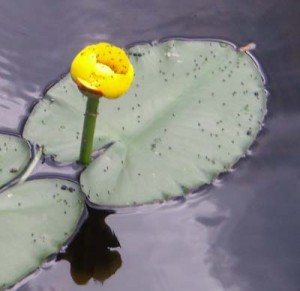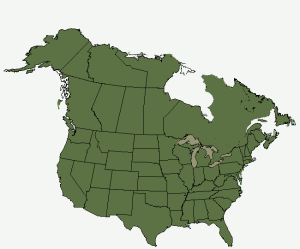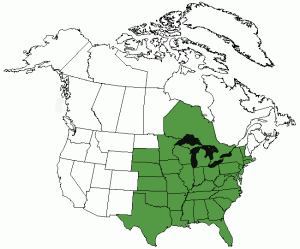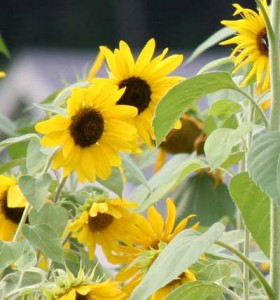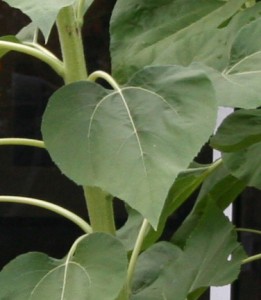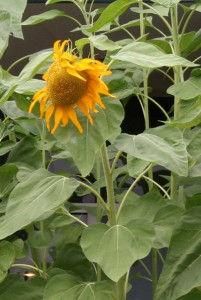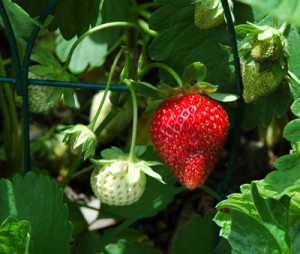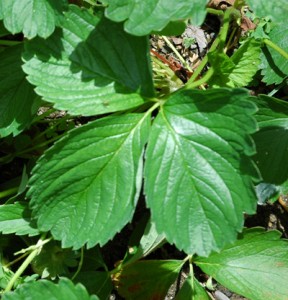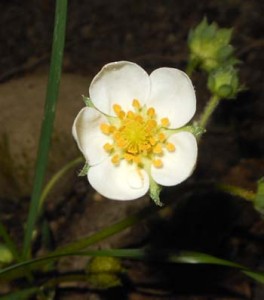Hybrid Plants
Hybrid plants are created when breeders cross-pollinate two different varieties of a plant to produce a modified variety (a hybrid) that contains certain traits of each parent. In hybridization, pollination is carefully controlled to ensure that the right plants are crossed to achieve a combination of characteristics, such as bigger size, better disease resistance, fruit maturity, etc. The process of developing a hybrid can take years and may require many more years to get it right.
An example of a hybrid tomato is Juliet, a Roma-style grape indeterminate tomato that is known for its great taste and heavy production along with improved disease resistance. Another is Sun Gold, a yellow cherry tomato. In general, hybrids offer some combination of traits from each parent, when done correctly the traits are the best of each parent.
Crossing involves taking the pollen from the male flower parts and transferring it to the female. The first generation, often referred to as F-1, of offspring from this cross all look and act the same. They also show what’s known as hybrid vigor: these plants come out stronger than their parents. If you attempt to take seeds from the hybrid fruit you will either end up with infertile seeds (sterile) that will not sprout or a plant that exhibits traits related more to one of the original parents and not the hybrid you took the seeds from.
Many times the seeds of hybrid plants are owned by the developer. Trying to use them for commercial purposes may be cause for legal action – be aware of this. Hybrid plants and fruits are not necessarily better than naturally produced such as heirlooms but you would never know due to the mass marketing of commercial growers.
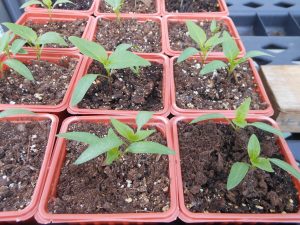 may produce a “mixed bag” harvest. The harvest may come in less predictably, and fruit size can vary greatly even on the same plant.
may produce a “mixed bag” harvest. The harvest may come in less predictably, and fruit size can vary greatly even on the same plant.